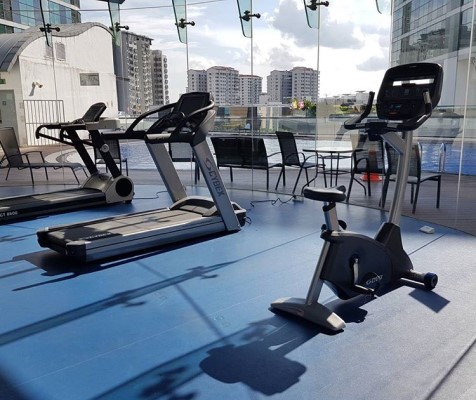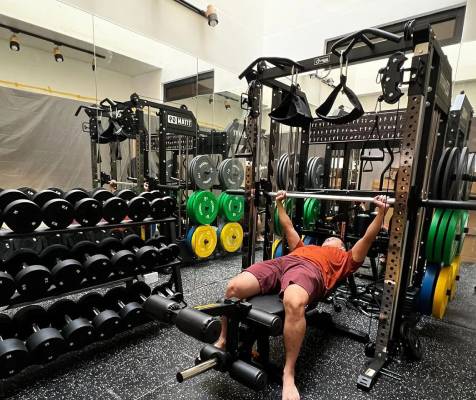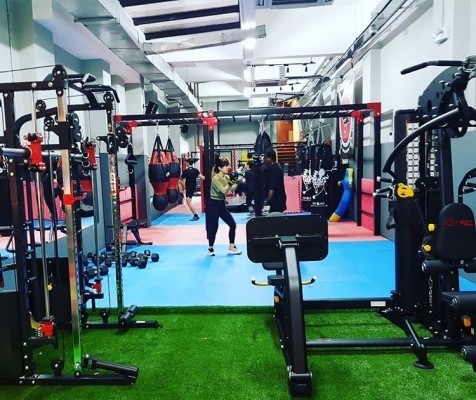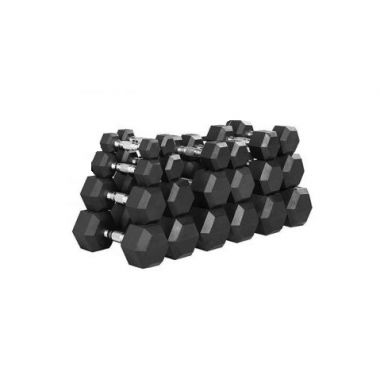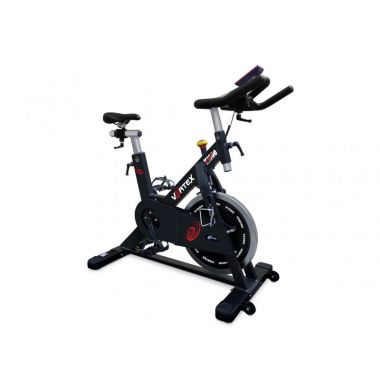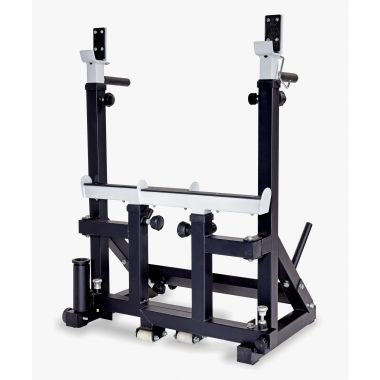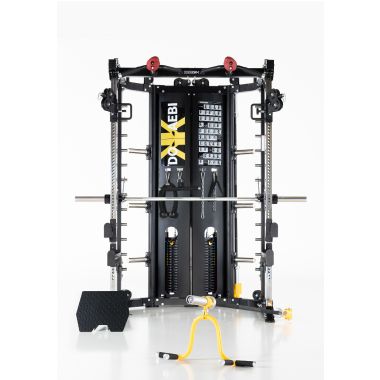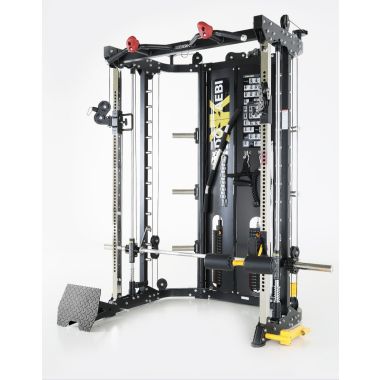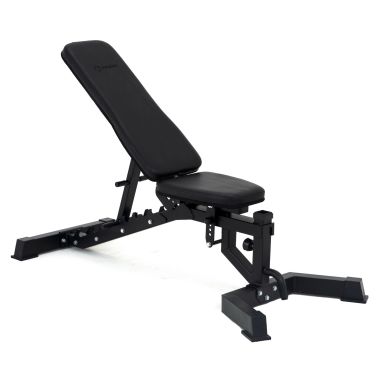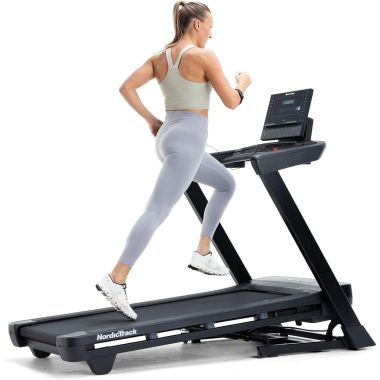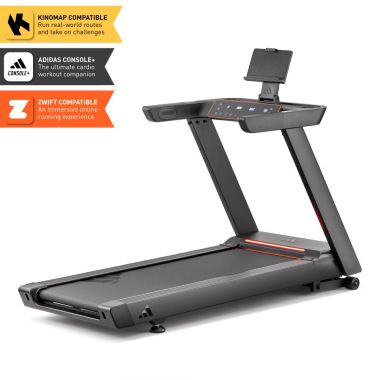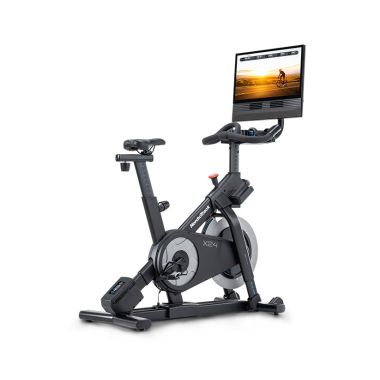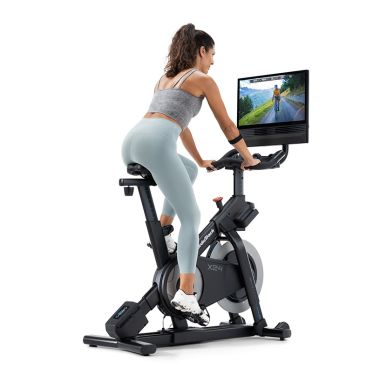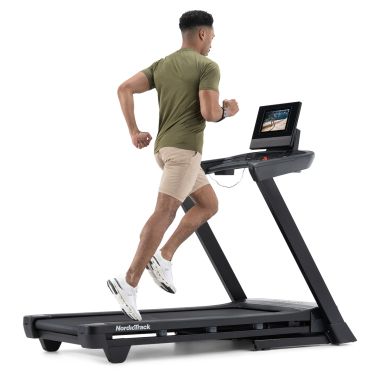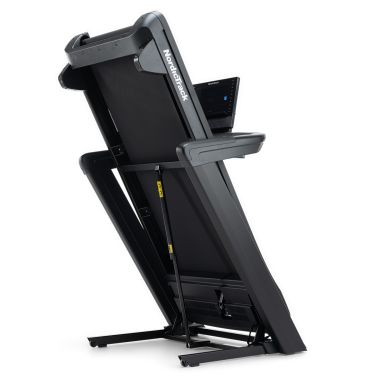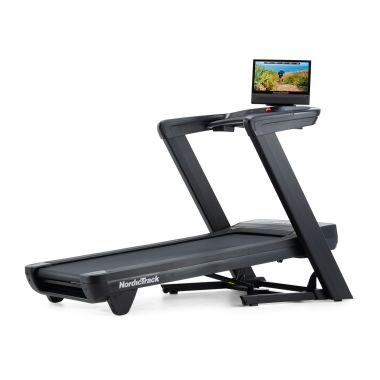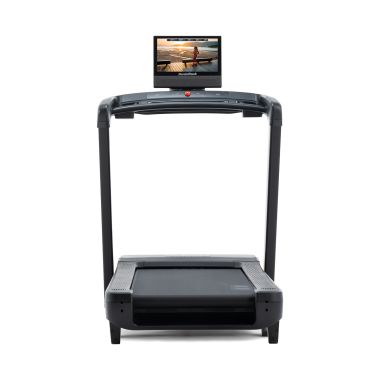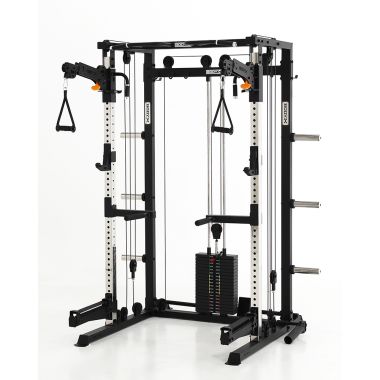HOMEGYM - YOUR TOP GYM EQUIPMENT SPECIALIST
Setting up a gym? Furnish your gym with HomeGym’s high-quality gym equipment. HomeGym offers a wide variety of home and commercial gym equipment, which includes treadmills, dumbbells, barbells, weight benches, squat racks, other exercise accessories and more. With us, you will find a wide range of fitness equipment that will best suit your fitness routine. We bring in cutting edge new equipment regularly, which will help ensure that you will always be at the top of your game with your exercise regimen. In addition to offering a fleet of affordable gym equipment in Singapore, we also ensure that our products are of unmatched reliability and quality.
ESSENTIAL GYM EQUIPMENT YOU NEED IN YOUR HOME GYM
If you are looking to start working out from home, be sure to get these gym equipment essential for a good sweat.
Our Picks
Featured Product
The Vigor Titan G9 has almost everything you need in free weight gym equipment. The G9 is one of a kind and the future of elite gym training. Never before has there been another piece of free weight gym equipment which can be used in as many ways as the Vigor G9 within the one piece of floor space.
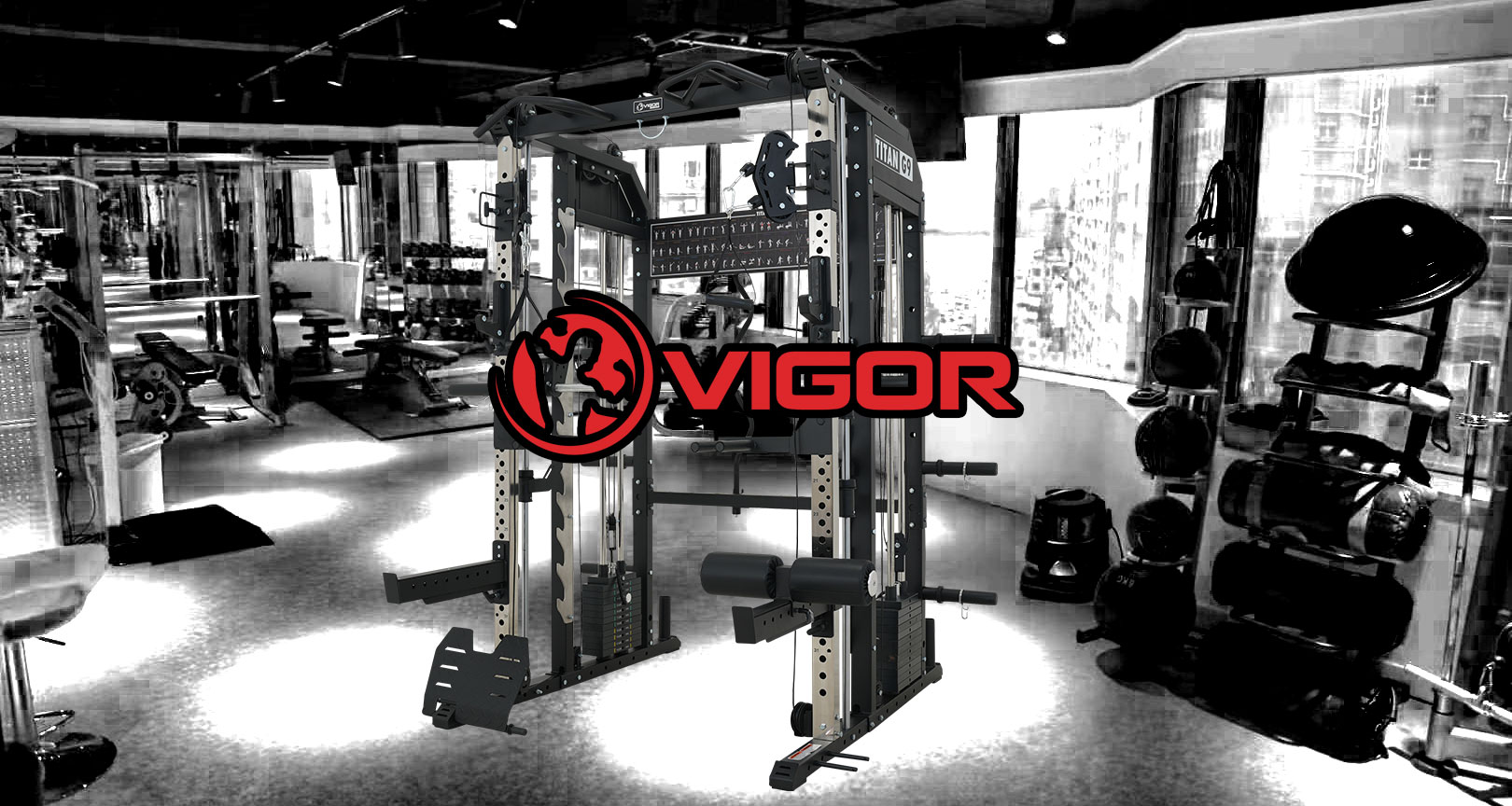
Vigor Titan G9 All-in-1 Trainer
Game Changing features
- All in 1 Gym
- Smith Machine - powered by linear bearing system, is ultra smooth, and maintenance free
- Half Rack - Achieve the perfect lift-off and safety position with its narrow hole spacing
- Functional Trainer - Quick and easy pop pin functional adjustment, equipped with handle for 1 handed operation
- Durable - light commercial lifetime structural warranty means you will never need another machine...ever
- Perform over 100+ different exercise variations including compound and band exercises
Dimensions
- 178 W x 150 L x 213 H cm

